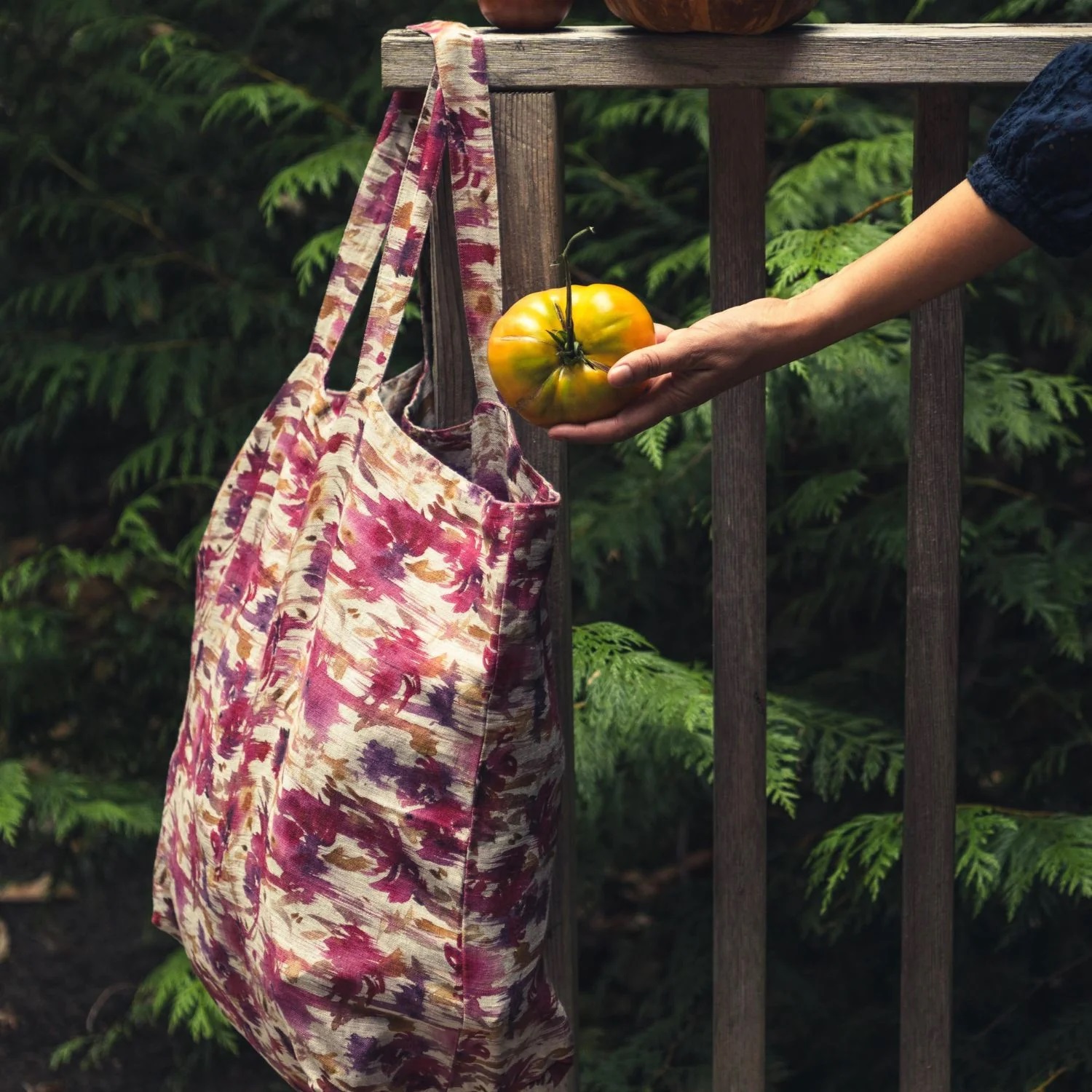
The Case for Linen Bags
Linen boasts several qualities that make it a strong contender in the sustainability arena:
- Natural and Renewable: Flax, the plant from which linen is derived, is a renewable resource that can be grown with minimal water and requires fewer pesticides compared to cotton. This reduces the overall environmental footprint associated with the raw material.
- Durable and Long-lasting: Unlike flimsy plastic bags, linen bags are incredibly strong and can withstand years of use. This reusability factor significantly reduces waste generation. A single, well-made linen bag can replace hundreds of plastic bags over its lifetime.
- Biodegradable: At the end of their lifespan, linen bags decompose naturally, leaving no harmful microplastics behind. This is a stark contrast to plastic bags, which can take centuries to break down and often end up in landfills or our oceans.
- Multipurpose: Linen bags come in various sizes and styles, making them suitable for a wide range of uses. From grocery shopping and produce storage to carrying books or everyday essentials, a single linen bag can replace multiple plastic bags typically used for these tasks.
Considering the Drawbacks
While linen bags offer clear advantages, it’s important to acknowledge some potential drawbacks:
- Production Footprint: Although flax requires fewer resources than cotton, the processing of linen fibers into fabric still consumes water and energy. However, compared to the ongoing production of single-use plastic bags, this impact is arguably less significant.
- Care and Maintenance: Unlike disposable plastic bags, linen bags require washing to maintain hygiene. While not a dealbreaker, this additional step does add to the overall environmental impact, especially if harsh chemicals or excessive hot water are used during cleaning.
- Not Ideal for Everything: Linen bags might not be the most suitable option for all situations. For instance, they may not be ideal for containing wet or messy items.
Linen vs. Other Alternatives
Linen is not the only reusable option. Cotton bags are a popular choice as well. While cotton shares some of the benefits of linen, it generally requires more water to grow. Canvas bags, often made from a blend of cotton and synthetic fibers, offer durability but may not be entirely biodegradable.
Making the Most of Linen Bags
To maximize the sustainability benefits of linen bags:
- Choose natural, unbleached linen to reduce processing chemicals.
- Wash them in cold water with eco-friendly detergents to minimize water and energy consumption.
- Air-dry your linen bags whenever possible.
- Ensure you use them frequently to replace multiple plastic bags.
The Final Verdict
Linen bags are a strong contender in the fight against plastic pollution. Their natural origin, reusability, and biodegradability make them a sustainable alternative. While there’s always room for improvement in terms of production processes, the environmental benefits of replacing plastic with linen outweigh the drawbacks. By making conscious choices about how we use and care for them, linen bags can be a powerful tool in promoting a more sustainable lifestyle.


